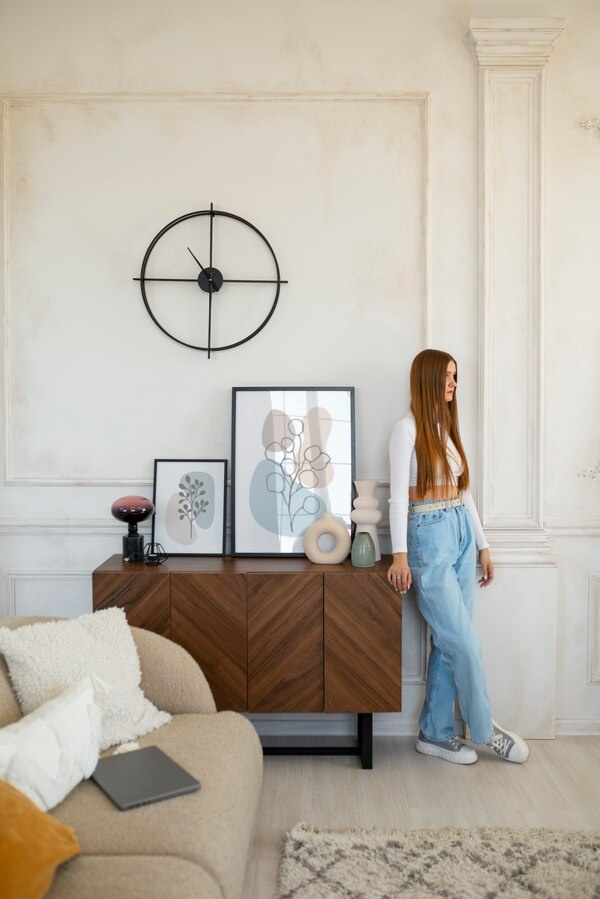Color Psychology in Interior Design
Color plays a pivotal role in interior design, fundamentally influencing the mood and functionality of a space. Although often an underappreciated aspect of design, the psychology behind color choices can make or break the aesthetics and feel of an interior environment. Understanding these dynamics is essential for homeowners, decorators, and designers alike, as each color can evoke different emotions and responses.
Let's delve into some common colors and explore their psychological implications in interior design:
Blue
Often associated with tranquility and peace, blue is a popular choice for bedrooms and bathrooms where relaxation is key. It can instill a sense of calm in stressful environments but should be used judiciously, as too much blue may lead to feelings of coldness or detachment.

Red
Symbolizing energy and passion, red is ideal for spaces meant to inspire activity or warmth, such as dining rooms or living areas. Its stimulating properties can increase energy levels and appetite but might also lead to agitation if overused. Red can be a bold choice in accents if a full room feels overwhelming.
Green
As a color that represents nature, green promotes balance and harmony. It is versatile and suitable for nearly any room, often used in offices or living spaces to encourage concentration and vigor. The soothing and refreshing qualities of green make it a perennial favorite.
Yellow
Yellow captures the essence of sunlight and is closely linked to feelings of happiness and optimism. It is well-suited for kitchens and playrooms but should be used sparingly in bedrooms or areas where relaxation is a priority, as it can become overpowering and create anxiety in vibrant shades.
Purple
Purple conveys luxury and sophistication, making it ideal for creating a sumptuous environment in bedrooms or living areas. Lighter shades, such as lavender, can bring calm and tranquility, while richer shades like royal purple add drama and depth to a space.
Neutrals (Black, White, Gray, and Brown)
Neutral colors serve as essential building blocks in interior design, providing balance and subtlety. White can evoke purity and openness, often making spaces appear larger. Gray offers elegance and versatility but must be balanced with warmer accents to avoid feeling sterile. Black can be dramatic and focus-setting when used appropriately, while brown brings warmth and reliability, anchoring a room with its earthy feel.
Incorporating colors in interior design is not purely about aesthetics; it involves understanding human response and interaction with different hues. Cultural interpretations can also influence how colors are perceived, necessitating a thoughtful approach tailored to the desired emotional response.
Finally, lighting significantly influences color perception, further complicating color choices. Natural and artificial light sources can transform the appearance and mood of a color, which must be considered when selecting paints, fabrics, and accessories.
When used thoughtfully, color has the power to transform spaces, influencing emotions and behaviors. By considering the psychological impacts of color in interior design, individuals can create environments that not only look appealing but also feel harmonious and supportive to their well-being.